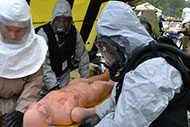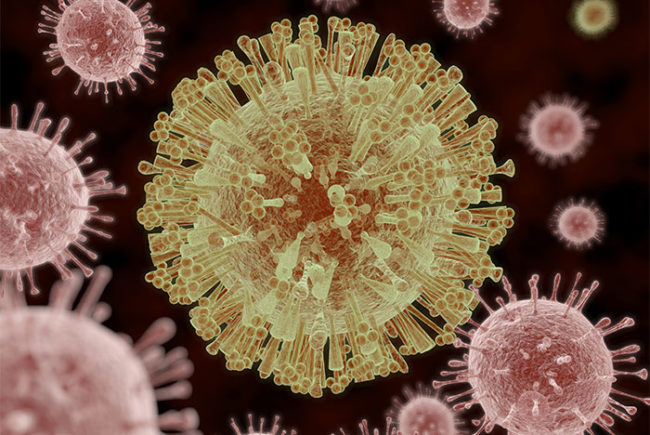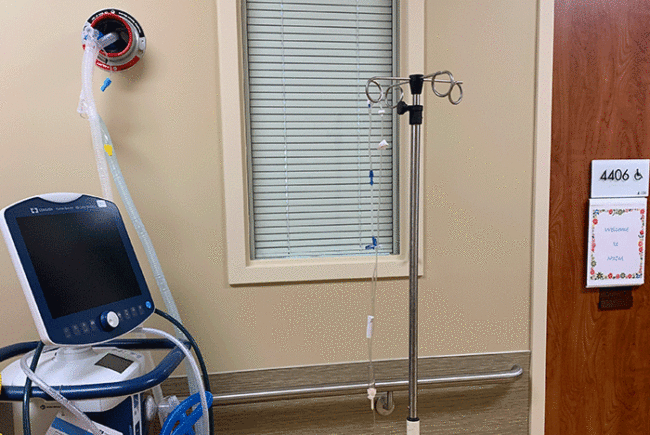CDC, OSHA issue guidance for protecting workers from Zika exposure
The Centers for Disease Control and Protection and the Occupational Safety and Health Administration issued interim guidance to protect health care and other workers against occupational exposure to the Zika virus.
The guidance states that workers in health care and laboratory settings “should follow good infection control and biosafety practices (including universal protections) as appropriate,” to prevent and minimize risk of transmission. Those practices include performing hand washing before and after patient contact and before and after removing personal protection equipment.
The guidance also lays out steps employers need to take to ensure staff well-being, and recommends “enhanced precautions in situations where workers are at increased risk of exposure to Zika virus.”
Also this week:
ASHE urges members to comment on medical device maintenance rule
The Food and Drug Administration (FDA) extended its comment period on a new rule regarding medical device maintenance to June 3. The FDA is seeking comments on whether hospital employees, vendors and others should be allowed to perform service and repair activities on medical equipment — or whether original equipment manufacturers (OEMs) should be the only ones performing these activities.
The FDA states that it is looking at this issue because “various stakeholders have expressed concerns about the quality, safety and continued effectiveness” of medical devices that have been serviced, repaired or reconditioned by third-party entities other than the OEM.
The American Society for Healthcare Engineering is urging its members to comment on the proposed rule before the new June 3 deadline. The organization states that “restricting this work to OEMs could lead to significant safety and financial issues. For example, medical equipment in a hospital often needs to be repaired right away.”
CDC investigates possible side effects of new disinfection product
The Centers for Disease Control and Prevention released notes from a field investigation in a Pennsylvania hospital regarding the hospital’s use of a new disinfection product. The product — consisting of hydrogen peroxide, peroxyacetic acid and acetic acid — may be linked to respiratory symptoms, skin irritation and other adverse affects among health care workers.
The CDC’s National Institute for Occupational Safety and Health interviewed 79 workers, 68 of whom said they had used the product. The most commonly reported health outcomes were watery eyes (46 percent); nasal problems (41 percent); asthmalike symptoms (28 percent); use of allergy medicine (16 percent); and shortness of breath (16 percent). Thirty (44 percent) workers reported at least one work-related health outcome, most commonly watery eyes (29 percent) or nasal problems (22 percent). The CDC says that the results of this study are preliminary and more research is needed to understand the link between exposure to the disinfectant and worker symptoms.
Joint Commission deletes 131 requirements from its hospital program
The Joint Commission recently approved deletion of 131 requirements from its hospital accreditation program that it states are no longer necessary because they have become a routine part of operations and clinical practice.
For instance, Element of Performance Standard EC.02.03.01 states that hospitals must take measures to minimize fire risk if patients are permitted to smoke. The Joint Commission states that it is being deleted because it is duplicative of another Element of Performance Standard.
The changes will go into effect July 1.
U.S. improves score on National Health Security Preparedness Index
An annual assessment of health security and preparedness shows the nation is relatively well-prepared for managing an emergency. The Robert Wood Johnson Foundation released results of the 2016 National Health Security Preparedness Index, which show the United States scoring 6.7 on a 10-point scale for preparedness — an improvement of 3.6 percent since the index began three years ago.
Joint Commission adds new fire protection module
The Joint Commission added a new module to its Physical Environment Portal, which offers free resources to health care facility managers on eight common compliance issues. The module addresses standard LS.02.02.10 on building and fire protection features.





